If the title of this blog caught your attention, then you’re likely wondering how you can optimize your website to boost the number of leads it receives every month.
The entire purpose of having a website is to generate traffic, which in turn results in capturing qualified leads.
This leads to revenue opportunities, and more often than not, you can make a lot of money just from your website.
The trick is that your website has to be conditioned to capture high-quality leads.
There are trillions of websites on the internet and your website will have to stand out if you want to have any type of success of making a high return on your investment.
Luckily, there are three main ways you can optimize your website for success.
These are:
- Technical SEO
- Keyword Research & Implementation
- Content Creation
If you search for any tips on how to gain more online leads, you’ll likely find blogs discussing any of the topics above, if not all of them.
Though, most advice you find online isn’t practical and doesn’t provide any actionable insight on how to truly improve your website.
If you want to gain more qualified leads and make more money with your website, this guide will help you in that regard.
Let’s start with Part I of the guide: Technical SEO.
Part I: Embrace Technical SEO
Search engine optimization (SEO) is the process of improving your website’s online ranking through a myriad of techniques.
SEO is an umbrella term for a wide variety of digital marketing tasks, from content creation to keyword research.
If you want to get down and specific with how you can increase your monthly leads, then you’ll need to learn more about technical SEO.
Technical SEO is the detailed process of configuring your site to rank online. It involves making intricate changes to your site to achieve results.
For example, inserting keywords into your website is defined as technical SEO.
But, we’ll get to that later.
In any case, here are the main aspects of technical SEO.
- Keyword Research - This entails identifying ranking opportunities in both short and long-tail keywords.
- Site Speed - Google only ranks the fastest websites. Ensuring that your website has a quick site speed is key.
- Compatibility - Your website has to be optimized on all available devices, from desktop computers to mobile tablets.
- Internal Links - Search engines use robots or spiders to crawl your website. Internal links allow these bots to crawl and index your website conveniently.
- Structured Data - Structured data provides context to search engines on what your website content is about. Using it will allow your site to generate rich snippets that reinforce enhanced ranking opportunities.
Whew…
That was a whole lot of information, and if you don’t know a single thing about SEO…
Then you’re going to be shaking your head in utter confusion.
The good news is that embracing technical SEO doesn’t have to be difficult.
In fact, here are some actionable tips on how you can leverage technical SEO to achieve impactful results for your website.
We’re going to skip keyword research since that’s often the most important.
We’ll get to that in the next section.
How to Increase Site Speed:
Ideally, your website should load in two to five seconds.
Though, website users expect a website to load in no more than two seconds.
That means your website should be lightning quick for your website users.
If not, they are going to leave your website in droves, especially when there are dozens of other online options compared to your business.
Now, let’s get down to business.
Follow these tips to increase your site speed and begin capturing more leads.
- Compress large site files. You can use compressing software to reduce the size of JavaScript, HTML, and CSS files that are larger than 150 bytes.
- Optimize your site’s code. By simply removing unnecessary characters like commas and spaces, you can significantly increase your site’s speed. Additionally, remove unused code, formatting, and code comments.
- Reduce redirects. Every time a page redirects to another page, a web visitor has to wait an additional period of time. Reduce redirects to make surfing your website quick and convenient.
- Optimize images. Make sure that your images aren’t unnecessarily large. Also, use the correct format (PNGs for graphics; JPEGs for photographs).
If you have a person or team that manages your website, then you should direct them to use these tips to make your website able to rank higher in online searches.
Now, let’s move on to compatibility.
Make Your Website Mobile-Friendly:
People should be able to enjoy your website on any platform.
Now that a majority of online searches are conducted on mobile devices, this is no longer optional.
Google can even punish your website if it isn’t mobile-friendly.
In this case, here are a few ways you can make your website mobile-friendly.
- Don’t make certain content accessible only on desktop devices.
- Avoid using flash.
- Turn on autocorrect for forms.
- Increase the size of buttons.
- Use large font sizes.
- Compress your images.
Your web visitors should be able to do anything on your website using any platform.
This will keep them on your website, giving you the opportunity to convert them when the time is right.
Leverage Internal Links:
Have you ever visited a Wikipedia page?
If you haven’t, then it looks something like this.
Do you see all of those blue internal links?
These links not only help search engines but they also aid site visitors in navigating your website.
Internal links are very helpful.
For example, look at the image above.
If I’m reading that encyclopedia entry and don’t know what “cider” is, then I can easily click on the internal link to receive more information.
Eventually, I’ll keep clicking the internal links to navigate the site.
Overall, internal links make people stay on your site longer, which is called dwell time.
Dwell time is a huge driver of SEO, as it lets search engines know that people truly find your website useful.
Start using internal links today to boost your online ranking and gain more access to qualified leads.
Use Structured Data:
We’re not going to lie - structured data is the most technical part of technical SEO.
It’s simply data in the language of search engines.
Humans can’t necessarily comprehend it.
Understanding structured data is one thing, but implementing it is actually fairly straightforward.
Google provides a lot of insights on how to interpret and use structured data.
Also, there are a lot of online tools to help assist you in the process.
Part II: Practice Smart Keyword Research
Keyword research is the crux of SEO.
The concept is simple.
Find the keywords people are using to search for things, add these keywords to your site, and then make any appropriate changes.
The truth is that millions of businesses are using the same keyword research tactics to rank.
This is fine if you’re practicing the fundamentals, but it’s not okay to do what everyone is doing.
You should get creative and do what works for your website.
Luckily, keyword research is all about effort and experimentation.
Let’s start with one great way you can find and rank for keywords not many others will look.
Remember when we discussed structured data earlier in the article?
Let’s say we’re writing an article on how to use structured data and did a quick Google search on the topic.
Do you see that section that says “people also ask”?
Google literally just threw some popular search terms right in your face.
You can either add these keywords to your website in a FAQ section, or you can create blogs for each one.
Regardless of the route you decide to take, you can rank well for a long-tail keyword.
And, that’s not all…
Let’s say that you have a competitor that you know gets more business with you and you want to see what keywords they are ranking for.
By using Google’s Keyword Planner, you definitely can.
All you need to do is open the tool and type in your competitor’s URL into the landing page field.
Finally, click the button “Get Ideas”.
Doing this will present all the keyword opportunities you can steal from your competitors.
All of this information is both interesting and helpful.
You can see which group of keywords is generating the most average monthly searches and figure out how difficult it would be to rank for them.
For example, the ad group “social sites” has keywords generating 55,190 monthly searches, and their competition isn’t that strong.
These are a lot of lead opportunities you can take advantage of by using a simple trick.
That’s not all!
Do you have a website that doesn’t have a lot of text or copy and still want to rank for popular keywords?
This is very possible with two alternatives.
You can either add a FAQ section at the bottom of a landing page or related page.
Or, you can create a FAQ blog.
The latter option is always better, simply because you can add as many keywords as you want without increasing the size of your web page too large.
After all, people will scroll for a long period of time to read a blog.
But, they will become irritated after scrolling through a web page for too long.
You can find a perfect example of a FAQ blog by taking a look at this article from Convince and Convert.
Those questions look awfully familiar with the types of keywords you can find online.
That’s because they are.
Ultimately, you will have to get creative with the techniques you use to uncover popular keywords.
Once your website is optimized with keywords, you will need to move forward with the last step: content creation.
Part III: Build Impeccable Content
The first two steps involved getting people to visit your website.
This step involves getting people to stay.
After all, with trillions of websites on the web, what are you offering to your visitors to keep them engaged?
Needless to say, the best websites provide the best content.
This does not only include blogs, but whitepapers, e-books, and videos as well.
Let’s particularly focus on blogs for now.
To become a great content creator, you have to understand the Buyer’s Journey.
This is a typical sales funnel that details how a lead transforms into a customer.
Take a look at this visual to learn all about the Buyer’s Journey.
Depending on your sales funnel (B2B or B2C), you should craft content for every stage of the Buyer’s Journey.
For example, let’s say that you are selling gaming computers.
First, you can perform a bit of industry research on what your customers want. If you truly have a product that fits their needs, don’t just promote it through your content.
Let them make that determination for themselves.
For the consideration phase, create blog posts that tailor to the problems and opportunities of your target audience.
If your audience wants faster products, create blogs that discuss how they can improve the speed of their computer.
Keep your content educational, yet add a call-to-action promoting your product at the end.
This will give your products some attention from people who don’t want to do all of the work themselves and want a better solution.
In the consideration phase, your audience knows what their problem is and wants a solution. You can then create content that announces how your product can help them.
If you have a B2B audience, you can do this by crafting an eBook.
Though, if you’re marketing to people, you can continue writing blogs.
Once you provide all of the information your audience needs, then you back away.
There’s no need to create content for the decision phase because again, you should let your audience make a decision on your products for themselves.
In the end, your website should be a hub for all sorts of content.
Just take a look at what Salesforce, a software company, has to offer its customers.
Any doubts their customers have about their products will be dispelled by just reading up on what they have to offer.
In the same way, this is how you should structure your content.
Capture More Leads Today!
As you can see, there is a lot of effort and knowledge that goes forth in capturing qualified leads.
If you want to have any type of success in doing this without wasting your hard-earned time and money, then it’s important that you seek professional help.
Fortunately, Optuno provides exceptionally affordable websites, in addition to a full suite of marketing services you can take advantage of.
If you want to explore your options of putting Optuno in your corner, just give us a call at 1-888-678-8662 to speak to a sales agent today.



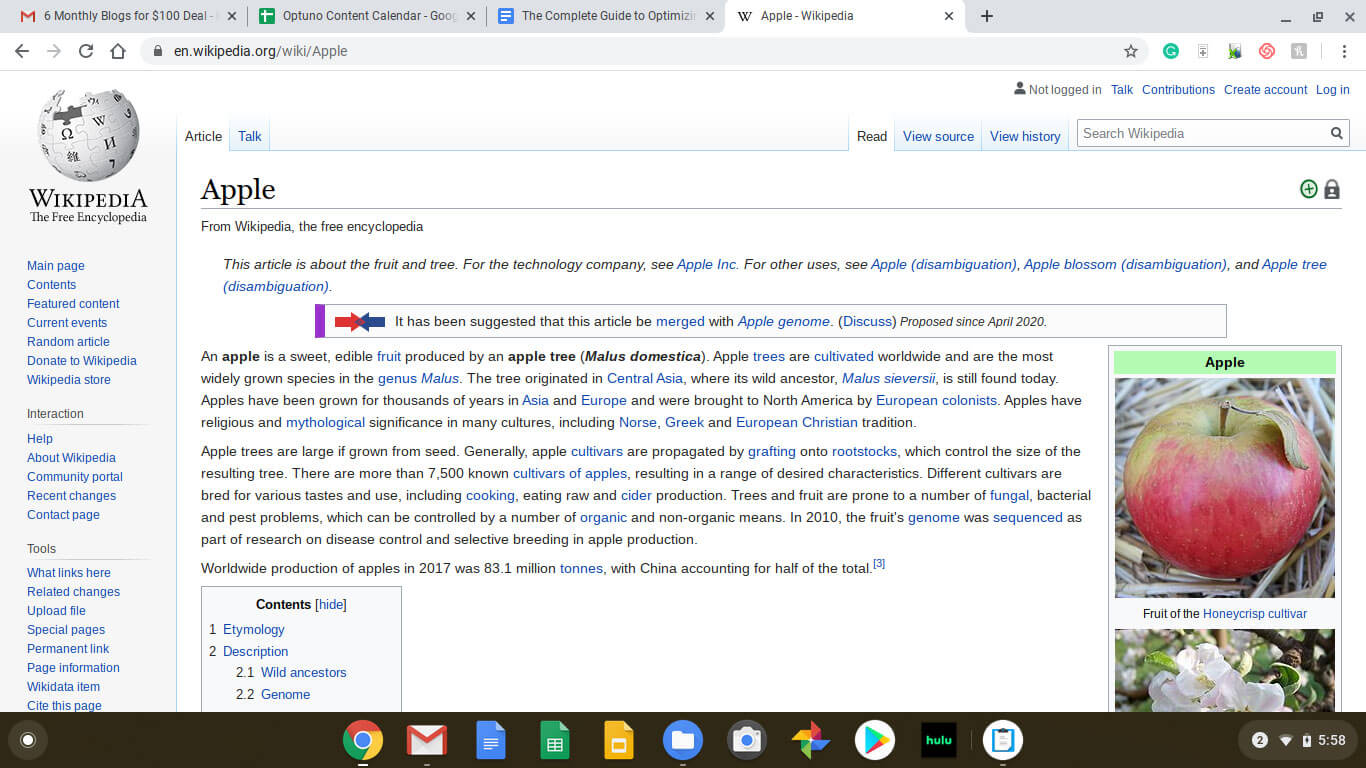
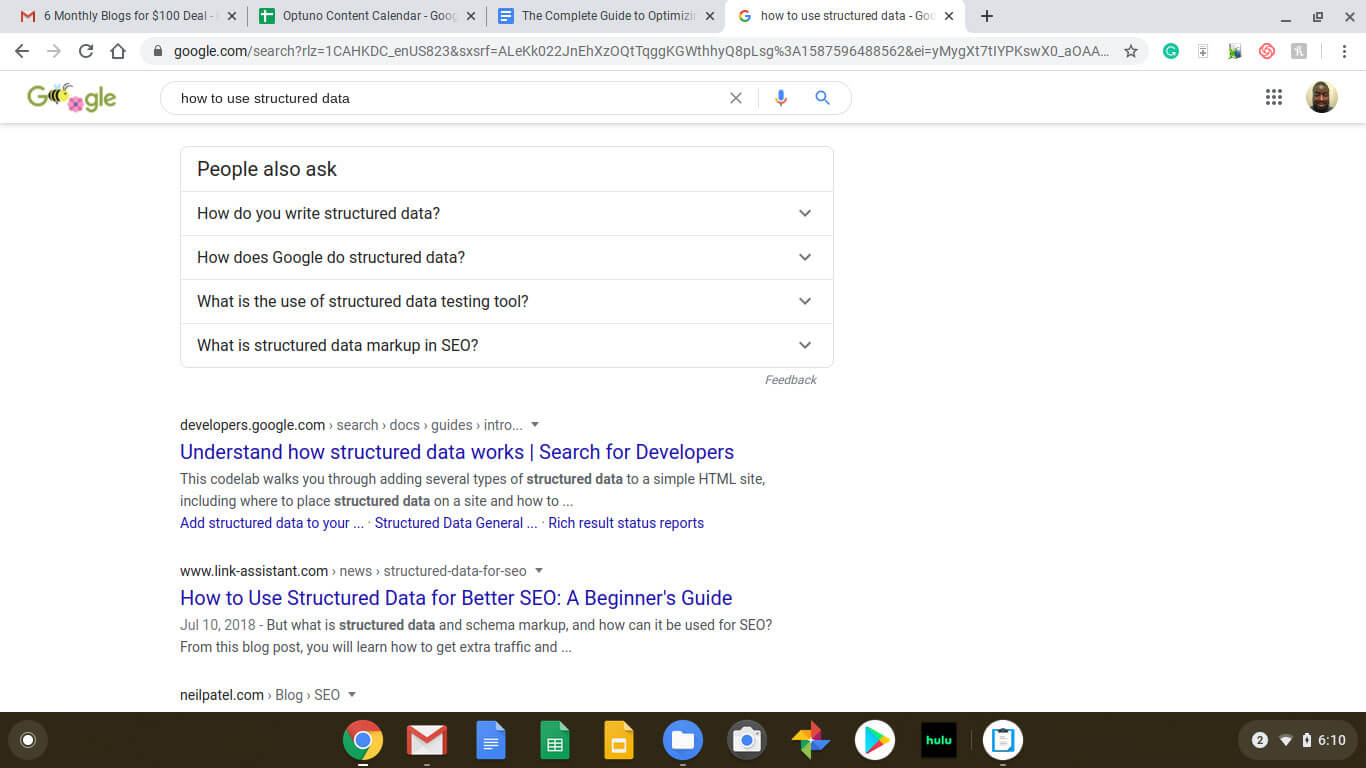


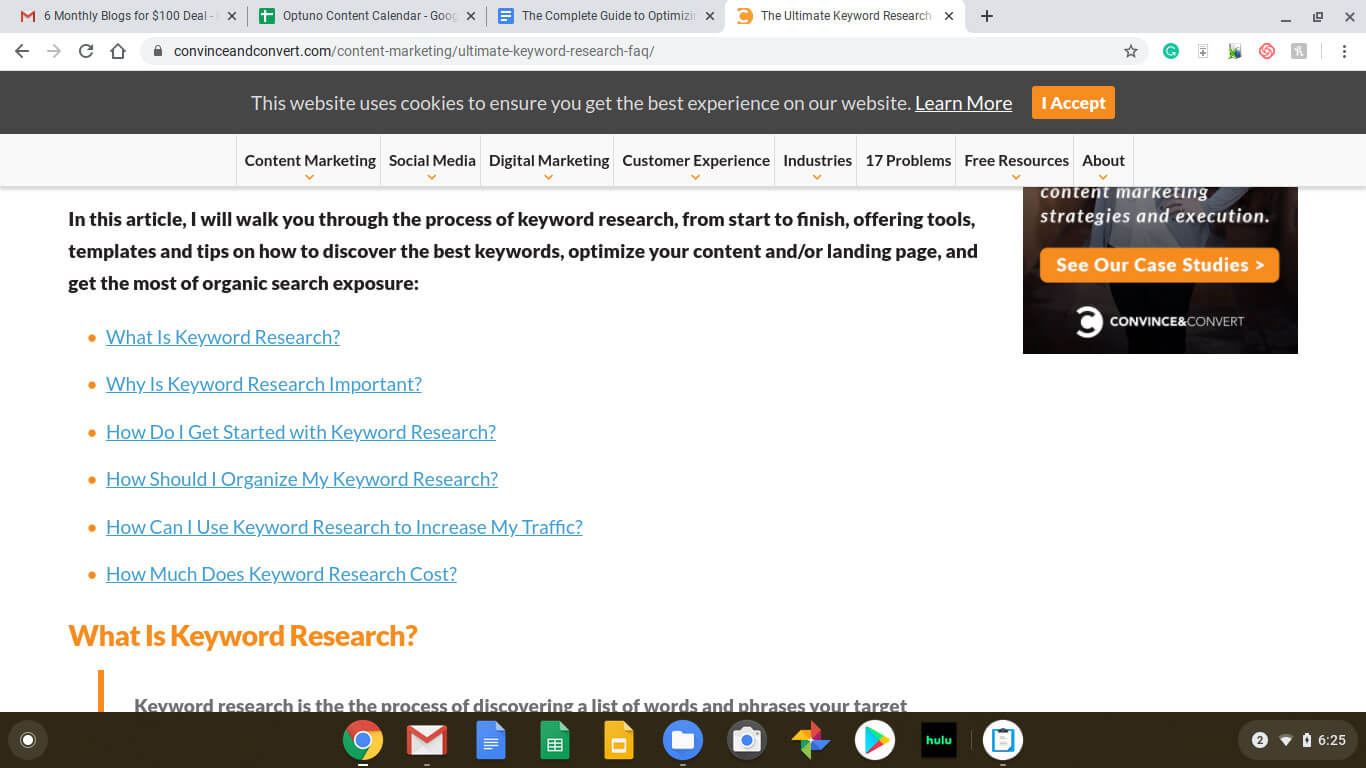
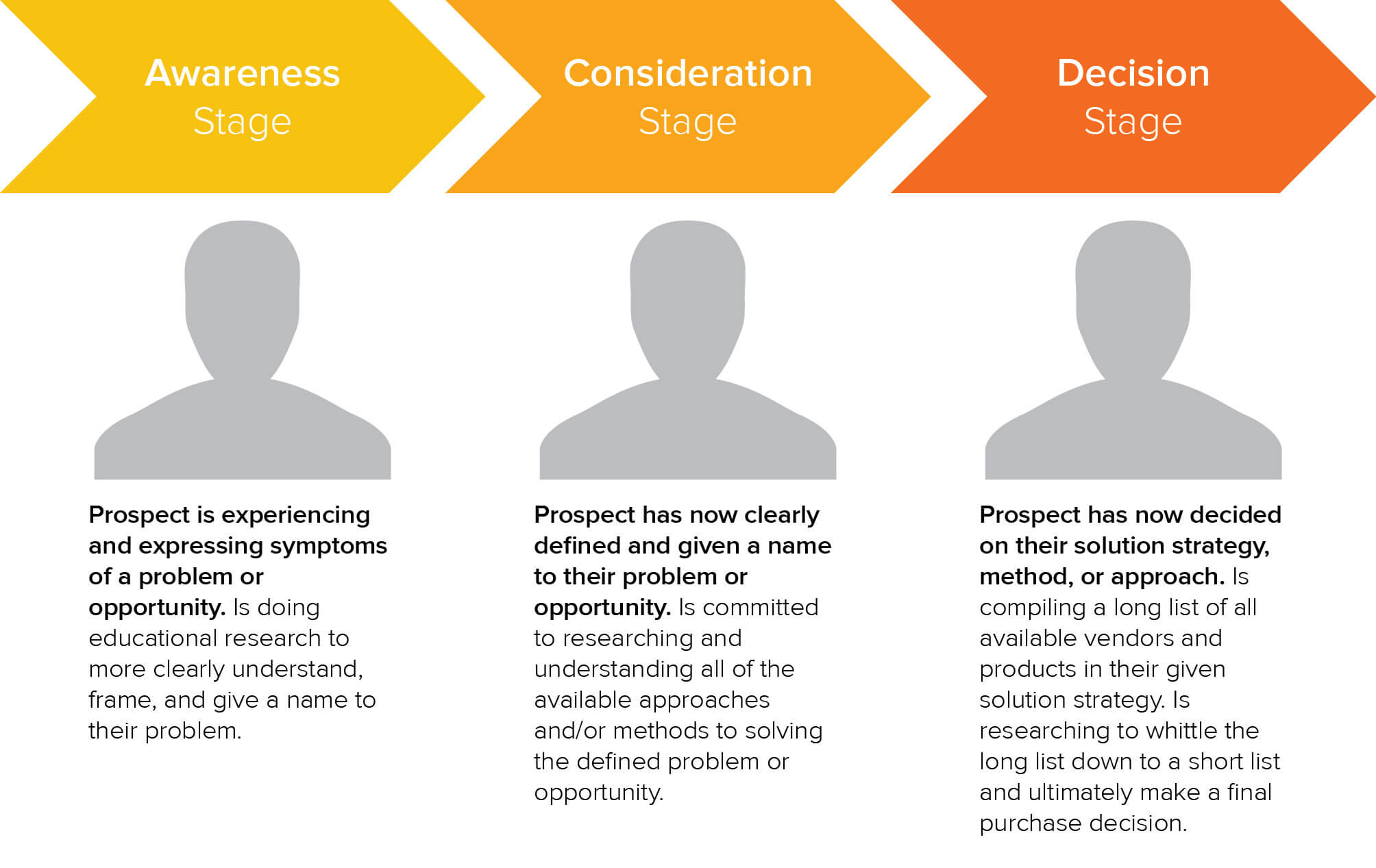
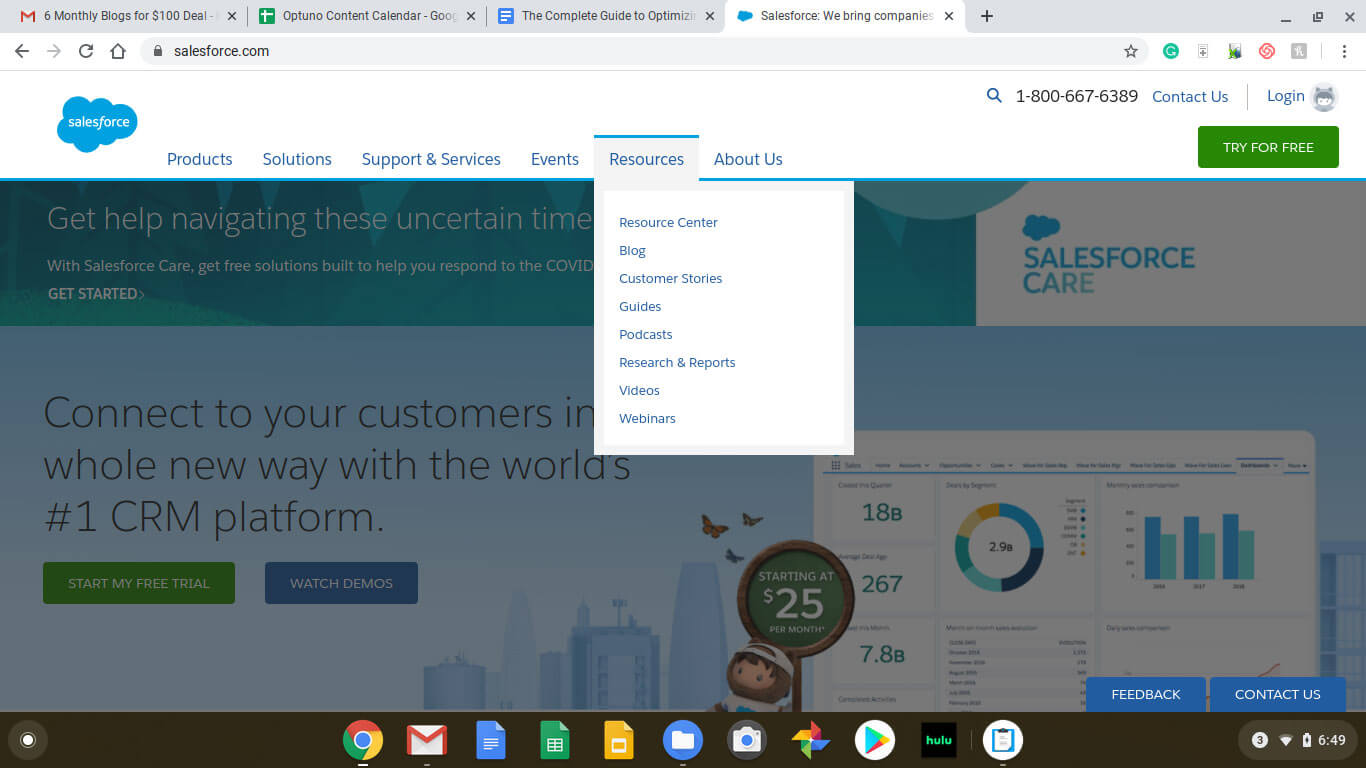

 View Printer Friendly Version
View Printer Friendly Version







